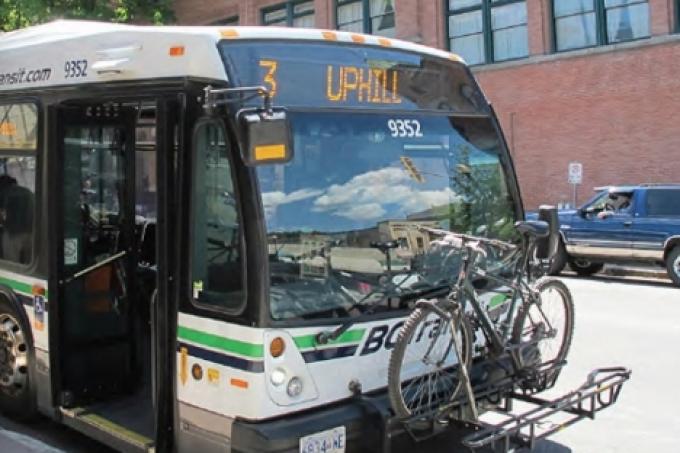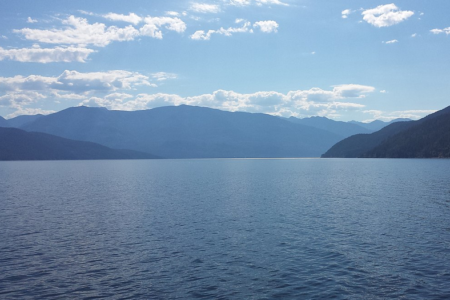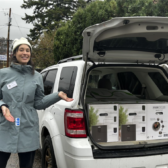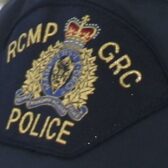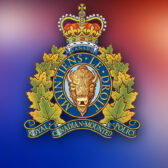Increased transit ridership in Nelson region leads to expansion of service
An increase in transit routes has resulted in an increase to ridership in Nelson and the greater West Kootenay region.
According to figures recently released by B.C. Transit, ridership has increased across all three transit systems that West Kootenay Regional Transit services, including Nelson by five per cent, building upon a 10 per cent increase last year.
Total passenger trips and passenger trips per capita in the Nelson region increased five per cent with operating cost per passenger trip decreasing by three per cent.
This was accompanied by a six per cent increase in total revenue, driven by increase in fare box (11.5 per cent) and ticket revenue (18.2 per cent), in addition to a 12.6 per cent increase in monthly pass sales, resulting in passenger trips per service hour being 11 per cent above budget.
Total operating costs in Nelson have increased by two per cent, in line with service hours. However, this year costs remain five per cent under budget mainly due to a 30 per cent savings in fuel.
According to the B.C. Transit report, the 2015 service changes continued to have a positive impact on customers and ridership in 2017, including the creation of the Route 99 Kootenay connector between Castlegar and Nelson.
In August the regional district signed a memorandum of understanding for a 2,000-hour expansion of service in the Kootenay Lake West system, a reward for the increased ridership.
“If a region posts a surplus, the funding is used to support transit services in future years, and it is ongoing it will help support expansion,” said B.C. Transit communications manager Jonathon Dyck.
In preparation for the expansion, a service discussion document was created by BC Transit for recommendations for further expansion.
The expansion will include approved new trips to routes 10 (North Shore), 20 (Slocan Valley), 14 (Blewett), 52 (north Slocan Valley), 72 (Salmo), 76 (Kaslo) and the addition of 15 (Perrier Road). The Perrier route will provide three trips every weekday.
The expansion will see an additional bus in service to accommodate the additional hours.
In expanding Nelson’s transit service, the city installed a new, full accessible, purpose-built bus stop next to Save-On Foods at Chahko Mika Mall last month.
As well, a new route was instituted in the city — the 4 Nelson Airport — which operates between Ward and Baker and Nelson Airport via Lakeside Drive three times a day during the week and once on Saturday.
Operating cost recovery improved by four per cent for the Nelson region compared to last year, “showing the increases in ridership continue to positively contribute to offsetting the cost of service.”
Paratransit also continued to grow, with a six per cent increase in total passenger trips and passenger trips per capita — meaning more ridership to the North Shore and the Slocan Valley.
A Saturday trip on the Route 20 Slocan Valley and Saturday schedule changes to reduce interval times on Route 20 and the Route 99 Kootenay Connector helped fuel the increase.
Late last year an additional Saturday trip on route 20 (Slocan Valley) was added, while route 10 (North Shore) implemented improved on-time performance measures, and a Balfour ferry connection on Saturday was made.
Overall in the region, revenue increased by seven per cent year-on-year and revenue per trip showed a five per cent increase due to increases in sales of tickets (13.7 per cent), monthly passes (91 per cent) and semester passes (13.8 per cent).
“The ongoing influx of international students to Selkirk College is contributing to increases in ridership and revenues,” the report noted.
Total costs for the region increased by six per cent year-on-year and further increases were mitigated by a 29 per cent saving in fuel costs. Fleet maintenance negatively affected performance at $100,000 over budget.
Operating cost per passenger trip was six per cent under budget with cost recovery decreasing by one per cent.
With an increase in ridership comes an increase in revenue — up by 6.2 per cent — with revenue from fares going toward offsetting the costs of operating the system, Dyck said. Operating costs were up 4.4 per cent.



